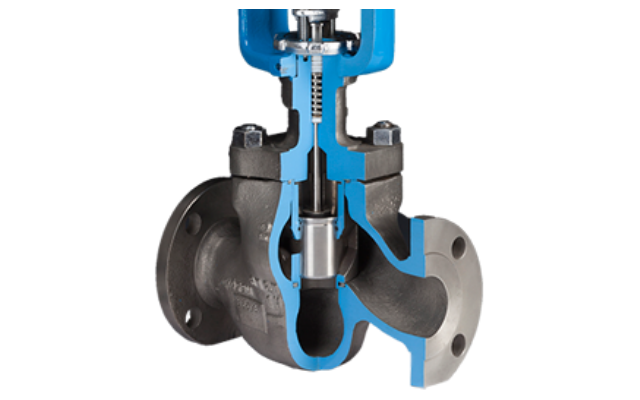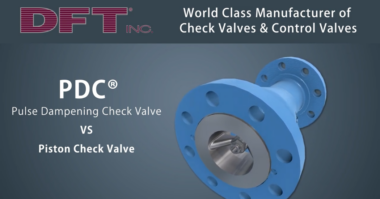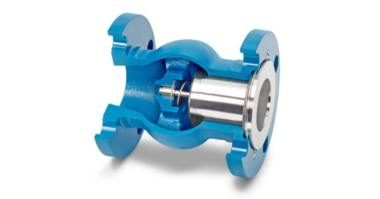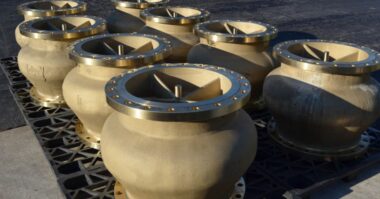It’s your weekend off and you get a call from the plant. The level alarm has gone off and the plant’s process has to be shut down. It turns out that the level control valve has once again failed in its task. The typical “work around” is done to start up the system and work the level control in manual operation until it can be fixed.
We’re in the age of Google, so you spend Saturday night looking for help on the Internet. Unfortunately, by Sunday morning, you might be more confused than when you started. You need information that actually helps instead of making things worse—where can you find a solution in order to reclaim your weekends?
Let’s start with the basics – What choices do you have?
Often, the replacement choice is made simply on the basis of the pipe size in the line that is made by removing the old valve. Control valves come in many different configurations, but which one do you need?
- Rotary Types:
- Butterfly Valves use a flat disk that is rotated in the flow of fluid. They are well suited in larger line sizes where a minimal pressure drop (less than 50psi) is desired.
- Ball Valves use a sphere with a hole through the center. The ball is rotated in the flow to adjust the flow of the fluid. They are generally best used in on/off situations.
- Plug Valves use a cylinder to obstruct the fluid flow, and similar to ball valves, they feature one or more holes through the cylinder. Flow is regulated by rotating the cylinder within the valve chamber. Like ball valves, they are good choices for rapid shut off, but they can introduce turbulence into a process system in some conditions.
- Rising Stem Types:
- Globe Valves are named for their generally round bodies, and they use a linear rising stem motion. This design is easy to maintain in harsh environments.
- Venturi-ball Valves employ the same linear rising stem motion. Designed for high pressure drops and easy maintenance.
Since the pressure drop through the control valve for this level control application is over 100 psi, I know that I need a rising stem valve.
What Trim Characteristic Should I Use?
- Linear Trim – Changes in position are directly proportionate to changes in flow (a 10% change in valve lift produces a 10% change in flow). Linear trim is used in systems where the pressure drop through the control valve is the major pressure drop in the system
- Equal % Trim – Equal changes in position cause an equal percentage change in the previous flow (a 10% change in valve lift produces a 48% change in flow for each position). Equal % trim is used in systems where the pressure drop through the control valve is generally less than the other pressure drops in the system.
In order to choose the proper trim characteristic, I need to know what I am trying to control.
Liquid Level
- Use Linear trim unless the criteria for Equal % trim is met
- Use Equal % if the pressure drop at max flow is 1/5 that of the drop at min flow
Pressure
- Use Linear trim for slow process changes
- Use Equal % trim for fast process changes
Flow
- Use Linear trim for varying set point
- Use Equal % trim for varying load
Temperature
- Use Equal % trim
Since I am controlling the liquid level in this example with relatively constant pressure drops, I choose Linear trim.
The DFT HI-100™ control valve is a good choice for this application. It is a rising stem control valve with a Linear characteristic. The valve has the Quick Change Trim feature that permits the in-line replacement of the internal trim.
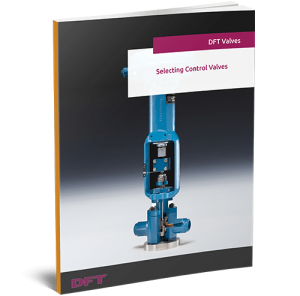 SELECTING CONTROL VALVES (eBook)
SELECTING CONTROL VALVES (eBook)
Control valve selection and installation is a vital process that can have a profound effect on the effectiveness of a fluid system. Specifically, process conditions and how they impact the selection process are important to understand.
To help identify some of the key factors and process conditions that affect the decision, DFT Inc. has created a new eBook detailing a number of important details. In Selecting Control Valves, you will learn:
- How the type of valve can influence the impact of certain process conditions
- The relationship between flow rate and pressure and what this can mean for your system
- How temperature and pressure directly impact the selection process
- Tips to find the proper information needed in control valve selection
If at any time you have additional questions, please feel free to reach out to DFT Inc.’s team of experts

